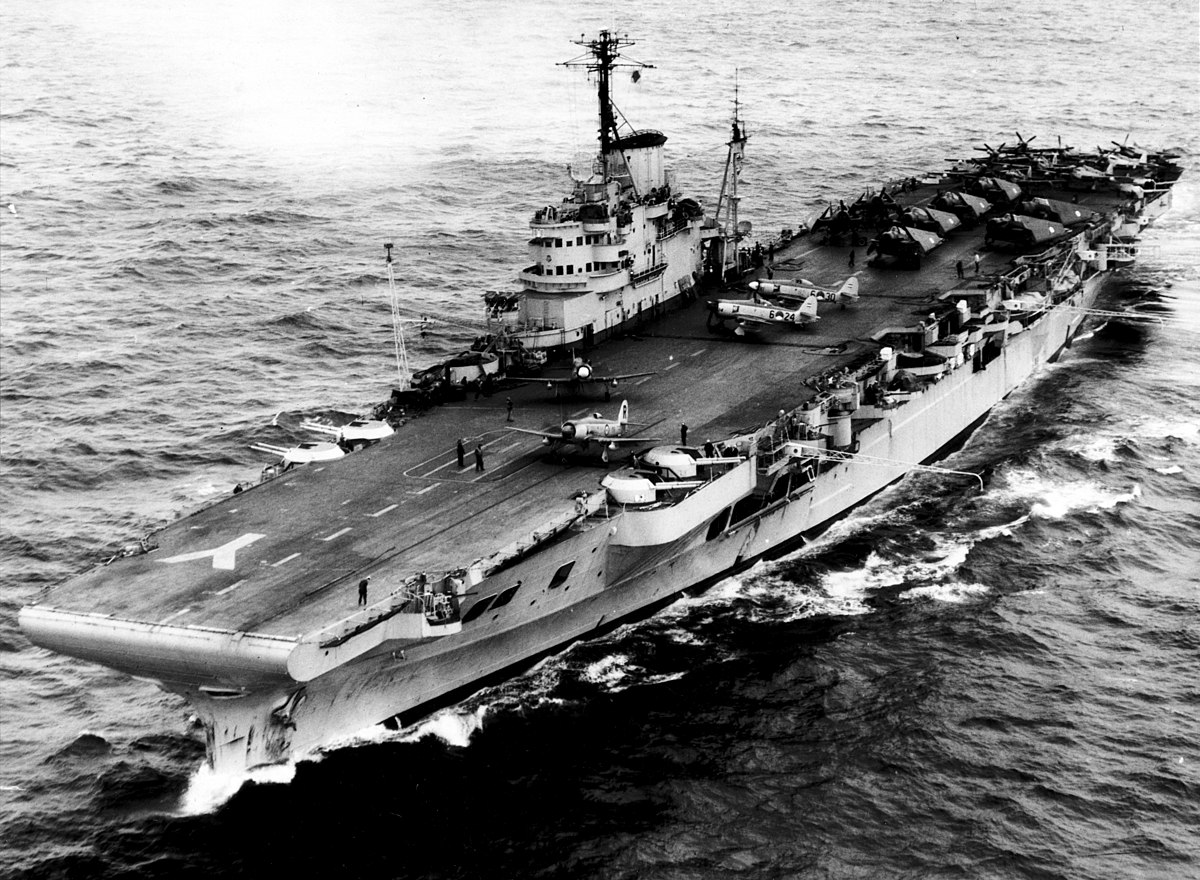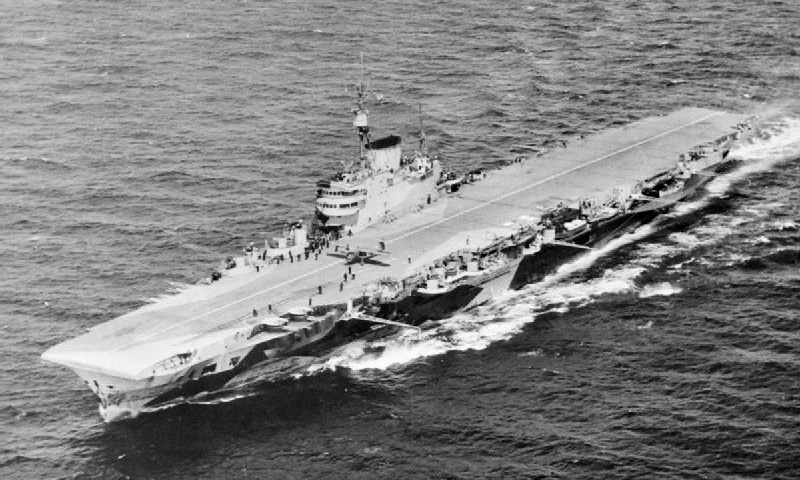- Joined
- 27 September 2006
- Messages
- 6,417
- Reaction score
- 6,816
Perhaps the most tantalising what-if for the RN sees it taking a more rational approach to its postwar carrier fleet.
In particular, building three Audacious class ships and scrapping the remaining heavy carriers.
Initially the RN was right to focus on its light fleet carriers, but by building the Audacious class and disposing of Illustrious and co, it would have had the basis of a carrier force that could have operated into the 80s.
By 1964 Audacious, Ark Royal and Eagle would have been the core of the RN, and two ships would have been the basis of the F4/Buccaneer force, with the third in reserve.
A change for the Centaurs would have been their re-rolling as ASW ships in addition to Commandos. Centaur and Hermes would keep a cat so they could operate S3 Vikings provided under a NATO programme in addition to Seakings.
In this alt, the F4 replaces the P1154 in 1963 and there is no P1127RAF.
Oh and no Falklands (though by 1982 replacing the carriers would have become an issue).
In particular, building three Audacious class ships and scrapping the remaining heavy carriers.
Initially the RN was right to focus on its light fleet carriers, but by building the Audacious class and disposing of Illustrious and co, it would have had the basis of a carrier force that could have operated into the 80s.
By 1964 Audacious, Ark Royal and Eagle would have been the core of the RN, and two ships would have been the basis of the F4/Buccaneer force, with the third in reserve.
A change for the Centaurs would have been their re-rolling as ASW ships in addition to Commandos. Centaur and Hermes would keep a cat so they could operate S3 Vikings provided under a NATO programme in addition to Seakings.
In this alt, the F4 replaces the P1154 in 1963 and there is no P1127RAF.
Oh and no Falklands (though by 1982 replacing the carriers would have become an issue).


